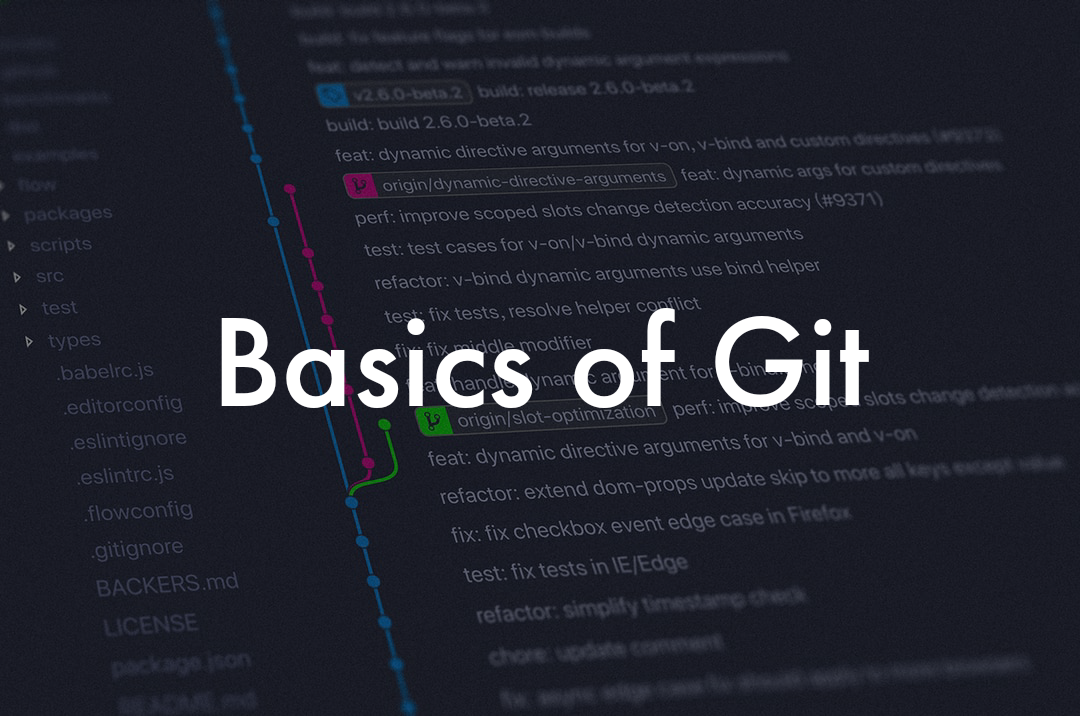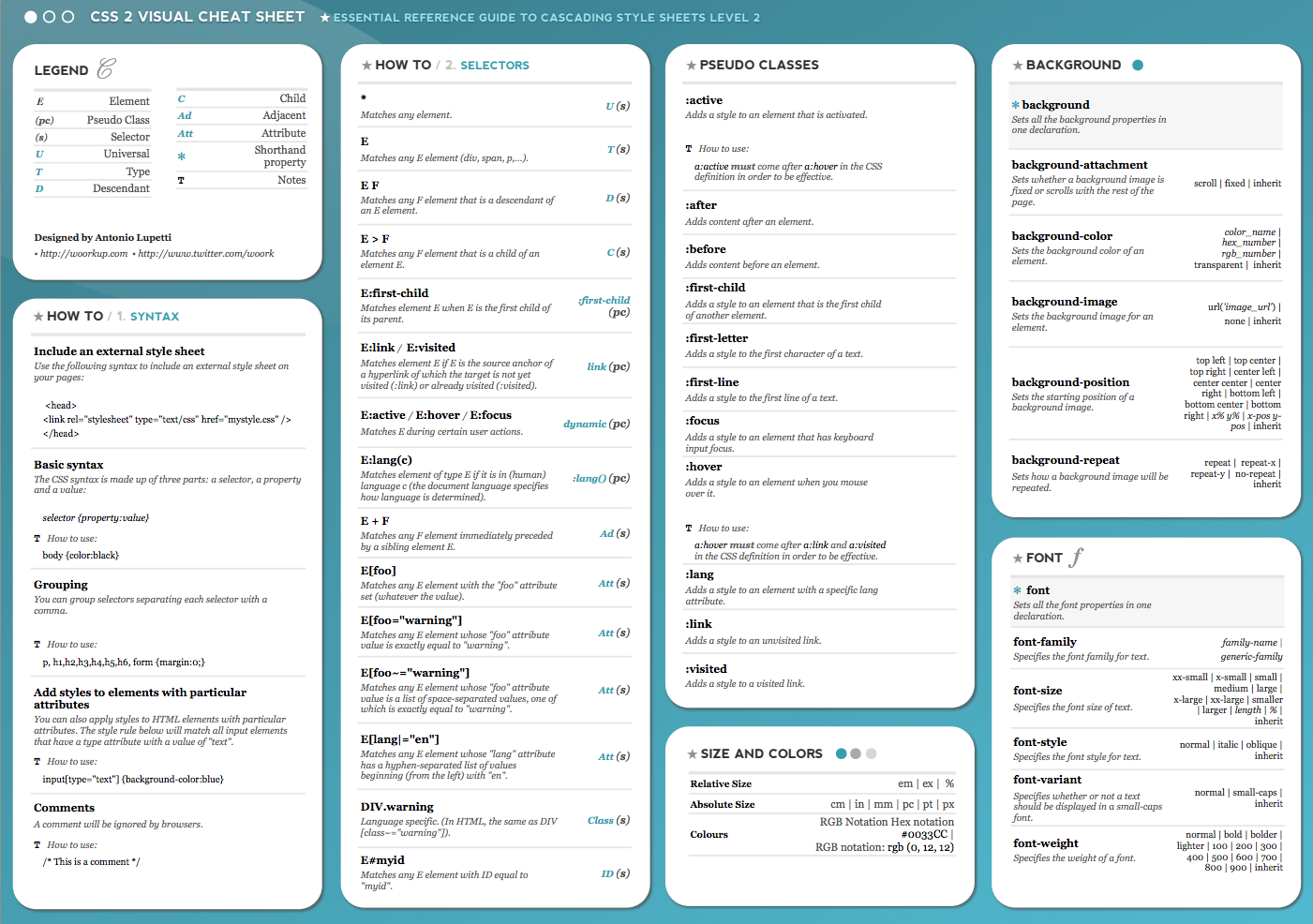Markdown is a lightweight and easy-to-use syntax for styling all forms of writing on the GitHub platform.

What you will learn:
We would like to show you a description here but the site won’t allow us. Markdown Cheatsheet for Github Readme.md. Contribute to CodingNomads/markdown-cheatsheet development by creating an account on GitHub.
- How the Markdown format makes styled collaborative editing easy
- How Markdown differs from traditional formatting approaches
- How to use Markdown to format text
- How to leverage GitHub’s automatic Markdown rendering
- How to apply GitHub’s unique Markdown extensions
What is Markdown?
Material Design Icons' growing icon collection allows designers and developers targeting various platforms to download icons in the format, color and size they need for any project. We would like to show you a description here but the site won’t allow us.
Markdown is a way to style text on the web. You control the display of the document; formatting words as bold or italic, adding images, and creating lists are just a few of the things we can do with Markdown. Mostly, Markdown is just regular text with a few non-alphabetic characters thrown in, like # or *.
You can use Markdown most places around GitHub:
- Comments in Issues and Pull Requests
- Files with the
.mdor.markdownextension
For more information, see “Writing on GitHub” in the GitHub Help.
Examples
Syntax guide
Here’s an overview of Markdown syntax that you can use anywhere on GitHub.com or in your own text files.
Headers
Emphasis
Lists
Unordered
Ordered
Images
Links
Blockquotes
Inline code
GitHub Flavored Markdown
GitHub.com uses its own version of the Markdown syntax that provides an additional set of useful features, many of which make it easier to work with content on GitHub.com.
Note that some features of GitHub Flavored Markdown are only available in the descriptions and comments of Issues and Pull Requests. These include @mentions as well as references to SHA-1 hashes, Issues, and Pull Requests. Task Lists are also available in Gist comments and in Gist Markdown files.
Syntax highlighting
Here’s an example of how you can use syntax highlighting with GitHub Flavored Markdown:
You can also simply indent your code by four spaces:
Here’s an example of Python code without syntax highlighting:
Task Lists
If you include a task list in the first comment of an Issue, you will get a handy progress indicator in your issue list. It also works in Pull Requests!
R Md Cheatsheet
Tables
You can create tables by assembling a list of words and dividing them with hyphens - (for the first row), and then separating each column with a pipe |:
Would become:
| First Header | Second Header |
|---|---|
| Content from cell 1 | Content from cell 2 |
| Content in the first column | Content in the second column |
SHA references
Any reference to a commit’s SHA-1 hash will be automatically converted into a link to that commit on GitHub.
Issue references within a repository
Any number that refers to an Issue or Pull Request will be automatically converted into a link.
Username @mentions
Typing an @ symbol, followed by a username, will notify that person to come and view the comment. This is called an “@mention”, because you’re mentioning the individual. You can also @mention teams within an organization.
Automatic linking for URLs
Any URL (like http://www.github.com/) will be automatically converted into a clickable link.

Strikethrough
Any word wrapped with two tildes (like ~~this~~) will appear crossed out.
Emoji
GitHub supports emoji!
To see a list of every image we support, check out the Emoji Cheat Sheet.
Last updated Jan 15, 2014
In looking into compromised systems, often what is needed by incident responders and investigators is not enabled or configured when it comes to logging. To help get system logs properly Enabled and Configured, below are some cheat sheets to help you do logging well and so the needed data we all need is there when we look.
Cheat Sheets to help you in configuring your systems:
The Windows Logging Cheat SheetUpdated Feb 2019
The Windows Advanced Logging Cheat SheetUpdated Feb 2019
The Windows HUMIO Logging Cheat Sheet Released June 2018
The Windows Splunk Logging Cheat Sheet Updated Sept 2019
The Windows File Auditing Logging Cheat Sheet Updated Nov 2017
The Windows Registry Auditing Logging Cheat Sheet Updated Aug 2019
The Windows PowerShell Logging Cheat Sheet Updated Sept 2018
The Windows Sysmon Logging Cheat Sheet Updated Jan 2020
MITRE ATT&CK Cheat Sheets
The Windows ATT&CK Logging Cheat Sheet Released Sept 2018
The Windows LOG-MD ATT&CK Cheat Sheet Released Sept 2018
The MITRE ATT&CK Logging Cheat Sheets are available in Excel spreadsheet form on the following Github:
----------------------------------------------------------------------------------------------------------------------------------------------------------------------------------------------------------------------------
Update Log:
SysmonLCS:Jan 2020 ver 1.1
Fixed GB to Kb on log size
WSplunkLCS:Sept 2019 ver 2.22
Minor code tweaks, conversion
WSysmonLCS:Aug 2019 ver 1.0
Initial release
WRACS:Aug 2019 ver 2.5
Added a few more items
WSLCS:Feb 2019 ver 2.21
Markdown Font Size
Fixed shifted box, cleanup only
WLCS:Feb 2018 ver 2.3
Added a couple items from Advanced
Adjust a couple settings
General Clean up
Referenced the Windows Advanced Logging Cheat Sheet
WALCS: Feb 2019 ver 1.2
Updated and added several items
WHLCS:June 2018 ver 1.0
Initial release
WFACS: Oct 2016 ver 1.2
Added a few new locations
WRACS: oct 2016 ver 1.2
Added many autorun keys
Sorted the keys better

WSLCS:Mar 2018 ver 2.1.1
Fixed shifted box, cleanup only
WLCS:Jan 2016 ver 2.0
Added Event code 4720 - New user account created
Changed references to File and Registry auditing to point to the new File and Registry auditing Cheat Sheets
Expanded info on Command Line Logging
WRACS: Jan 2016 ver 1.1
Sort HKLM Keys
Added keys to monitor PowerShell and Command Line log settings
Updated HKCU and USERs.DEFAULT info
Added info about HKCU unable to be set in Security Templates
Added PowerShell script to set HKCU Registry Auditing
